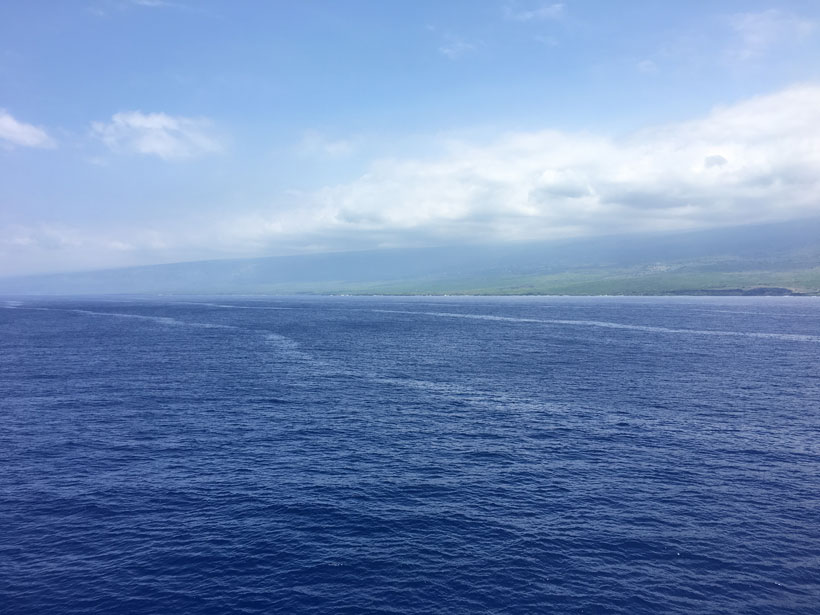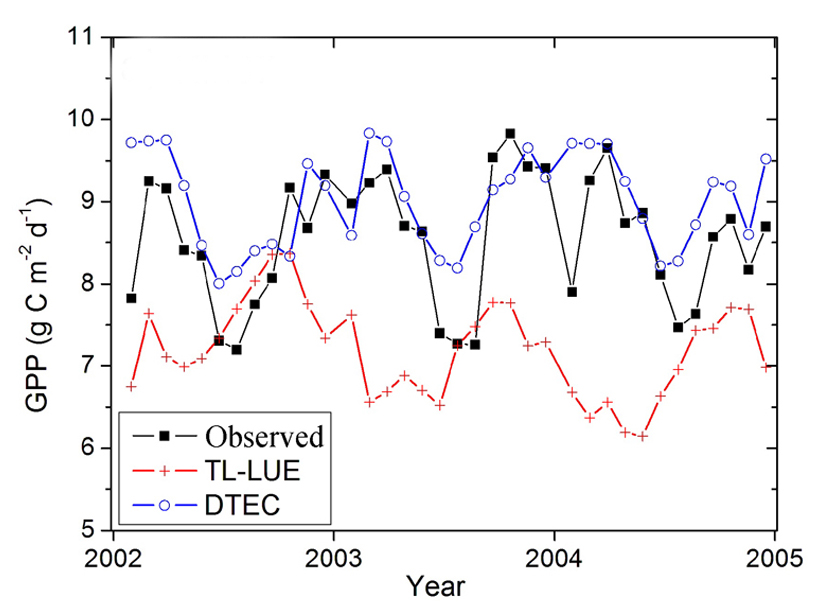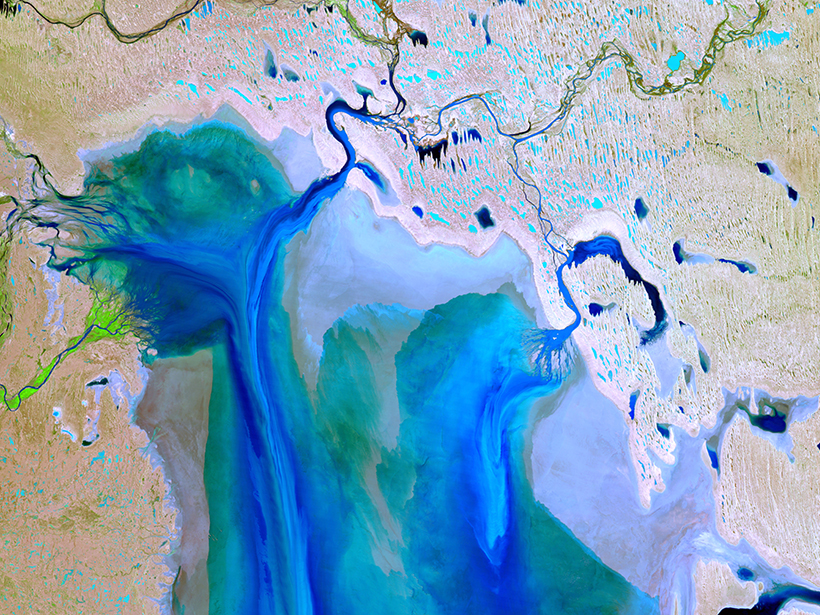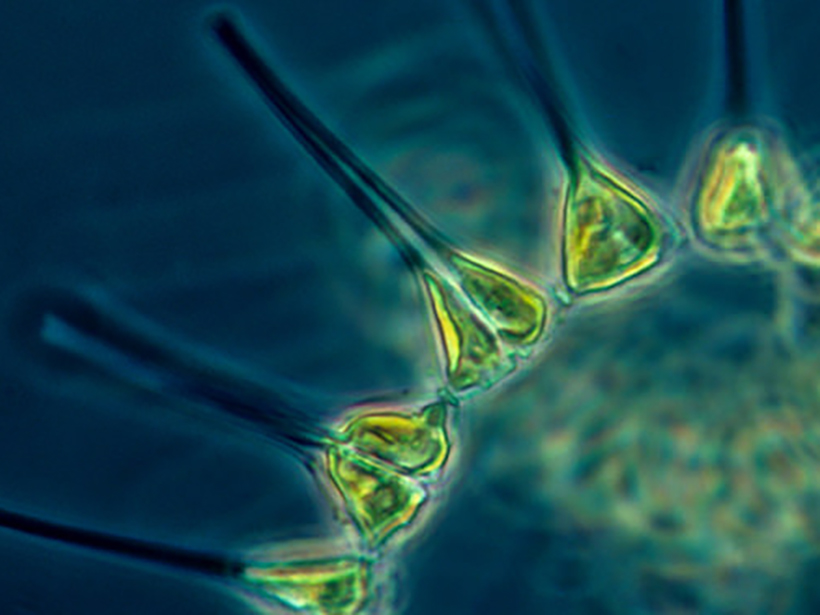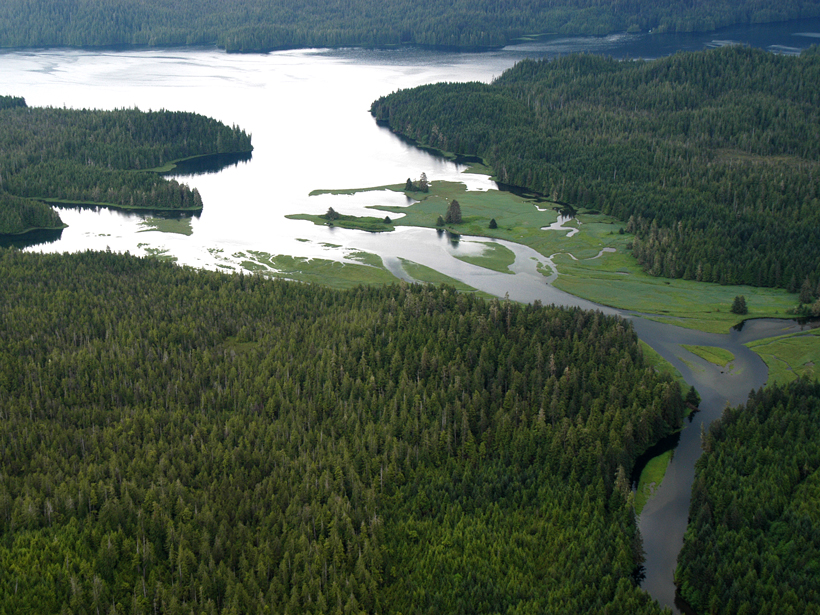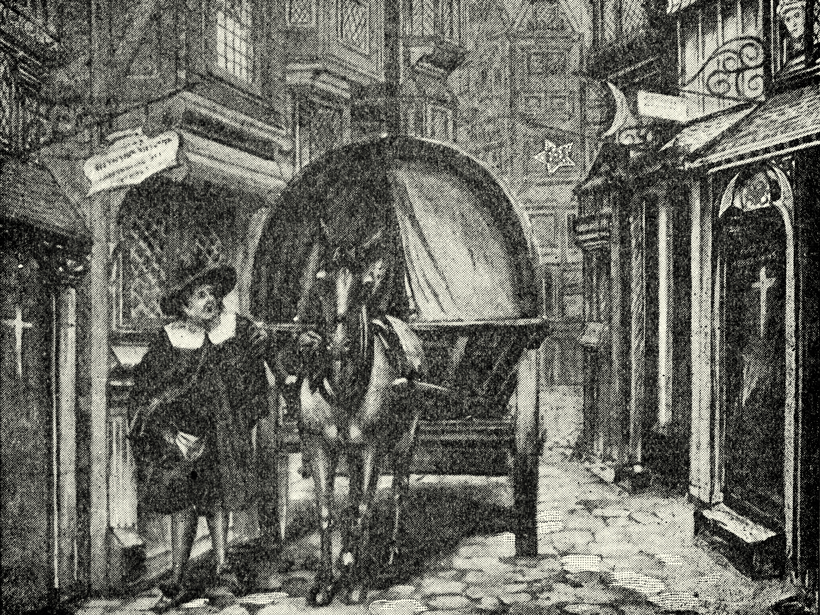Discovering new resting places of these rare and information-rich fossils will be critical to understanding the largest expansion of life in Earth’s history, according to researchers.
biogeosciences
What Would Earth Be Like Without Life?
Workshop on a Cosmic Perspective of Earth: A Planet Permeated and Shaped by Life—Implications for Astrobiology; Tokyo, Japan, 13–15 September 2017
Calm Waters off Hawaii Harbor a “Nursery” of Sea Life
Ocean slicks—naturally occurring bands of smooth water—are home to an astounding diversity of fish larvae and other marine life, researchers show.
Improved Simulation of Gross Primary Productivity
A new model better explains seasonal variations in biomass.
How Will Climate Change Affect the United States in Decades to Come?
A new U.S. government report shows that climate is changing and that human activities will lead to many more changes. These changes will affect sea levels, drought frequency, severe precipitation, and more.
Observing Life near the Ocean’s Surface with Satellites
Third International Ocean Colour Science (IOCS) Meeting; Lisbon, Portugal, 15–19 May 2017
Czimczik Receives 2017 Sulzman Award for Excellence in Education and Mentoring
Claudia Czimczik will receive the 2017 Sulzman Award for Excellence in Education and Mentoring at the 2017 American Geophysical Union Fall Meeting, to be held 11–15 December in New Orleans, La. The award is given to “one mid-career female scientist…for significant contributions as a role model and mentor for the next generation of biogeoscientists.”
World’s Biggest Oxygen Producers Living in Swirling Ocean Waters
Oceanographers probe the impact of deep swirling vortices on phytoplankton.
Quantifying Coastal Rain Forest Carbon Transport
Aquatic Carbon Biogeochemistry of the Pacific Coastal Temperate Rainforest Region Workshop; Seattle, Washington, 7–10 February 2017
Plague Bug May Have Lurked in Medieval England Between Outbreaks
A new analysis of climate records in England and Europe’s Low Countries suggests that the disease-causing bacterium persisted in rodents between recurrences in people.



